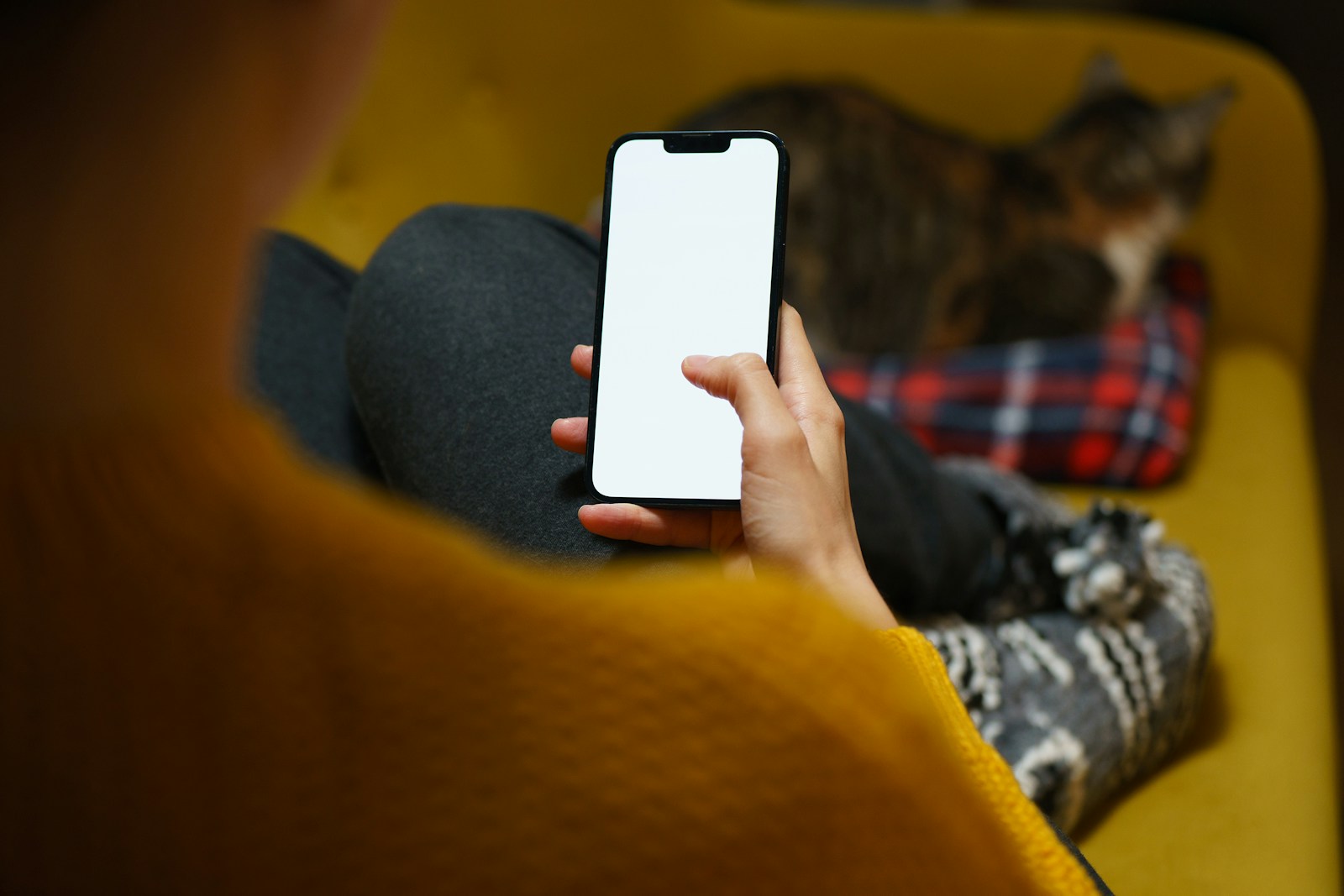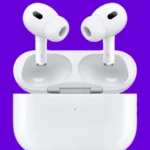Discovering if someone has blocked you on iPhone can be tricky. Recent iOS updates have changed the signs that indicate a blocked number. The most reliable way to tell if you’re blocked is to check for specific indicators in your calls and messages.
iPhone users can look for several clues to determine if they’ve been blocked. These include calls going straight to voicemail, iMessages never showing as “Delivered,” and SMS messages failing to send. While these signs aren’t definitive proof, they can suggest a possible block.
Privacy is a key feature of iPhones, making it challenging to confirm a block with certainty. Users concerned about being blocked can try contacting the person through different means or checking their social media activity for additional insight.
Signs and Signals That You Are Blocked On iPhone
Here are some ways to tell if you’re blocked on an iPhone:
- iMessage bubble color: If your iMessages to a person suddenly turn green, it could mean they’ve blocked you. iMessages between iPhones usually appear in blue bubbles.
- “Delivered” status: If you don’t see a “Delivered” notification under an iMessage, it could mean you’ve been blocked. However, “Delivered” only means the message reached Apple’s servers, not the recipient’s device.
- FaceTime: If you can’t FaceTime the person, it could mean you’ve been blocked.
- Call the number: You can try calling the number you’re sending an iMessage to. You can also try calling from a different number.
- Message blocking: If you send a text and it says something like “message blocking enabled”, it could mean you’ve been blocked.
You won’t be able to see blocked texts on your iPhone because blocked numbers don’t send messages directly to your phone. Instead, you’ll see an “unknown sender” option in your messages.
Understanding the Basics of Blocking
When someone blocks your number on their iPhone, they’re essentially cutting off communication. Your calls, texts (both iMessages and SMS), and FaceTime attempts are all affected. Apple doesn’t send you a notification saying you’ve been blocked, so you have to look for clues.
Phone Call Indicators
Perhaps the most obvious sign is what happens when you call. If the phone rings once or not at all before going straight to voicemail, it’s a red flag. This isn’t normal behavior. Usually, a phone rings several times before voicemail picks up. When you’re blocked, the other person’s phone doesn’t even ring; your call is routed directly to a separate voicemail box they have for blocked numbers. They won’t get a notification of your attempted call. However, keep in mind that other factors can cause a call to go straight to voicemail, such as the person’s phone being off, Do Not Disturb being activated, or network issues.
Message Behavior: iMessage and SMS
iMessage provides some subtle hints. Normally, when you send an iMessage, you’ll see “Delivered” appear below the message once it reaches the recipient’s device. If they have read receipts turned on, you’ll also see “Read.” If you’re blocked, you won’t see either of these. Your messages will remain undelivered on your end. Even more telling is if your messages suddenly change from blue (iMessage) to green (SMS/text message). This means your iMessages aren’t going through, and your phone is reverting to sending standard text messages. This is a strong indicator of a block, as iMessage requires an internet connection to work, and blocking disrupts this connection.
FaceTime Connection Issues
Similar to calls, if you try to FaceTime someone who has blocked you, the call won’t connect. It will likely ring endlessly on your end without ever reaching the other person. This is another sign that points towards being blocked.
Distinguishing Blocking from Other Scenarios
It’s crucial to distinguish being blocked from other situations. For instance, if someone has Do Not Disturb or a Focus mode active, you might not get through immediately. However, you will eventually see delivery receipts for messages and the call will eventually go through to voicemail after several rings. These features don’t affect blocked numbers at all. Also, if someone has an automated text reply set up, you are not blocked. This feature does not work for blocked numbers.
Summary of Blocking Indicators
| Action | Possible Sign of Blocking | Alternative Explanations |
|---|---|---|
| Phone Call | Goes straight to voicemail after one ring or no ring | Phone is off, Do Not Disturb is on, network issues |
| iMessage | No “Delivered” or “Read” receipts, messages turn green | Phone is off, no internet access, network issues |
| FaceTime | Call doesn’t connect | Phone is off, network issues |
Key Takeaways
- Check for calls going to voicemail and undelivered messages
- Look for changes in message delivery status and call behavior
- Use alternative contact methods to verify communication issues
Identifying Blocking Indicators
On iPhones, the blocking feature is a common way to manage unwanted communication. While straightforward for the person doing the blocking, it can be puzzling for the person on the receiving end. Discovering you’ve been blocked by someone can be a sensitive matter, and knowing how to interpret the signals is helpful.
Several indicators can help determine if someone has blocked your iPhone number. These include changes in call patterns, message delivery statuses, and certain device settings.
Calls and Voicemail Patterns
When your number is blocked, calls often go straight to voicemail. The phone may ring once or not at all before redirecting. If you consistently experience this, it could indicate blocking.
Voicemail behavior can also provide clues. Some carriers allow blocked callers to leave voicemails, while others don’t. If you can’t leave a voicemail, it might suggest blocking.
Try calling from a different phone number. If the call connects normally, your original number may be blocked.
Messaging Clues
iMessage offers several hints about potential blocking. If your messages consistently show as “Delivered” but never “Read,” even after extended periods, blocking is possible.
Green text bubbles instead of blue for iMessage users can indicate blocking. This occurs when iMessage is unavailable, and the system defaults to SMS.
Lack of typing indicators or read receipts (if previously enabled) may suggest blocking. However, users can manually disable these features.
Do Not Disturb and Focus Mode Indications
Do Not Disturb and Focus modes can mimic blocking symptoms. A crescent moon icon next to a contact’s name may indicate these modes are active.
These settings can silence notifications and affect message delivery status. They’re temporary and don’t indicate permanent blocking.
The “Silence Unknown Callers” feature can also produce blocking-like effects. It sends calls from unknown numbers directly to voicemail.
Understanding Privacy and Unblock Options
Blocking on iPhones serves as a privacy tool, but it can lead to communication challenges. Users have options to address blocking situations while respecting others’ boundaries.
The Privacy Perspective
Blocking on iPhones protects users from unwanted contact. It’s a personal choice that safeguards privacy and emotional well-being. When someone blocks a number, they prevent calls, messages, and FaceTime interactions from that contact.
iOS doesn’t notify users when they’re blocked. This design maintains the blocker’s privacy. It also avoids potential conflict or retaliation. Apple’s approach aligns with user protection and discretion.
Privacy laws support an individual’s right to control their communications. This includes the ability to block unwanted contacts on personal devices.
Methods to Unblock
If a user suspects they’ve been blocked, direct communication is often the best approach. They can reach out through alternative means, such as email or social media, to address any issues.
Some steps to attempt unblocking:
- Request a face-to-face conversation
- Send a polite message explaining the situation
- Ask a mutual friend to mediate
It’s crucial to respect the other person’s decision. Persistence can be seen as harassment. If unblocking efforts fail, it’s best to accept the outcome and move forward.
Social media platforms offer separate blocking features. Users can check their status on these platforms independently of their iPhone blocking status.
Frequently Asked Questions
Identifying if you’ve been blocked on an iPhone can be tricky. There are several signs to look out for in messages, calls, and iMessage behaviors.
How can one identify if their number has been blocked on another person’s iPhone?
One can check for several indicators. Messages sent may not show a “Delivered” status. Calls might go straight to voicemail after one ring. FaceTime attempts may fail consistently.
What are the signs that indicate you’ve been blocked on iMessage?
iMessages may appear blue but never show “Delivered” or “Read” receipts. The messages might remain as sent with no indication of receipt. Multiple attempts to send messages may yield the same result.
Is there a way to know if your calls are being blocked on an iPhone without making a call?
Direct confirmation is challenging without calling. However, patterns in previous communication attempts can offer clues. Consistent voicemail after one ring across multiple attempts may suggest blocking.
Are there distinct behaviors in text messages that suggest you have been blocked by an iPhone user?
Text messages to a blocking user may appear sent but never show “Delivered”. Green text bubbles (SMS) might replace previous blue bubbles (iMessage). Messages may seem to send normally but never receive replies.
Do iMessage colors change when a contact has blocked you?
iMessage colors don’t change specifically due to blocking. However, if iMessage fails repeatedly, the system may default to SMS, changing the bubble color from blue to green.
Can one determine if they have been blocked on an iPhone without attempting to send a text or place a call?
Direct determination without communication attempts is difficult. Checking the contact’s profile in Messages or FaceTime for missing information can provide hints. Social media activity might also offer clues if the person remains active elsewhere.







